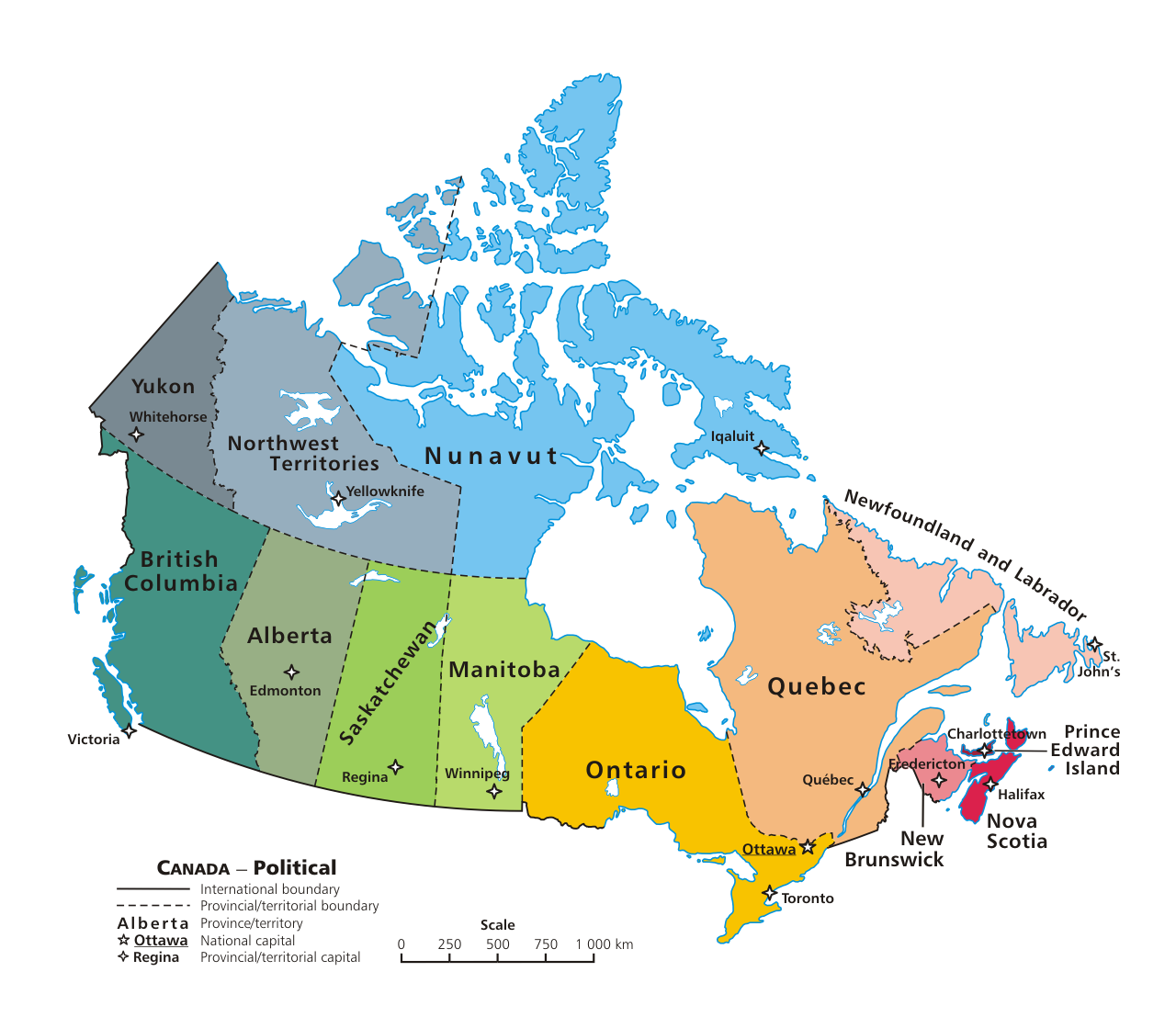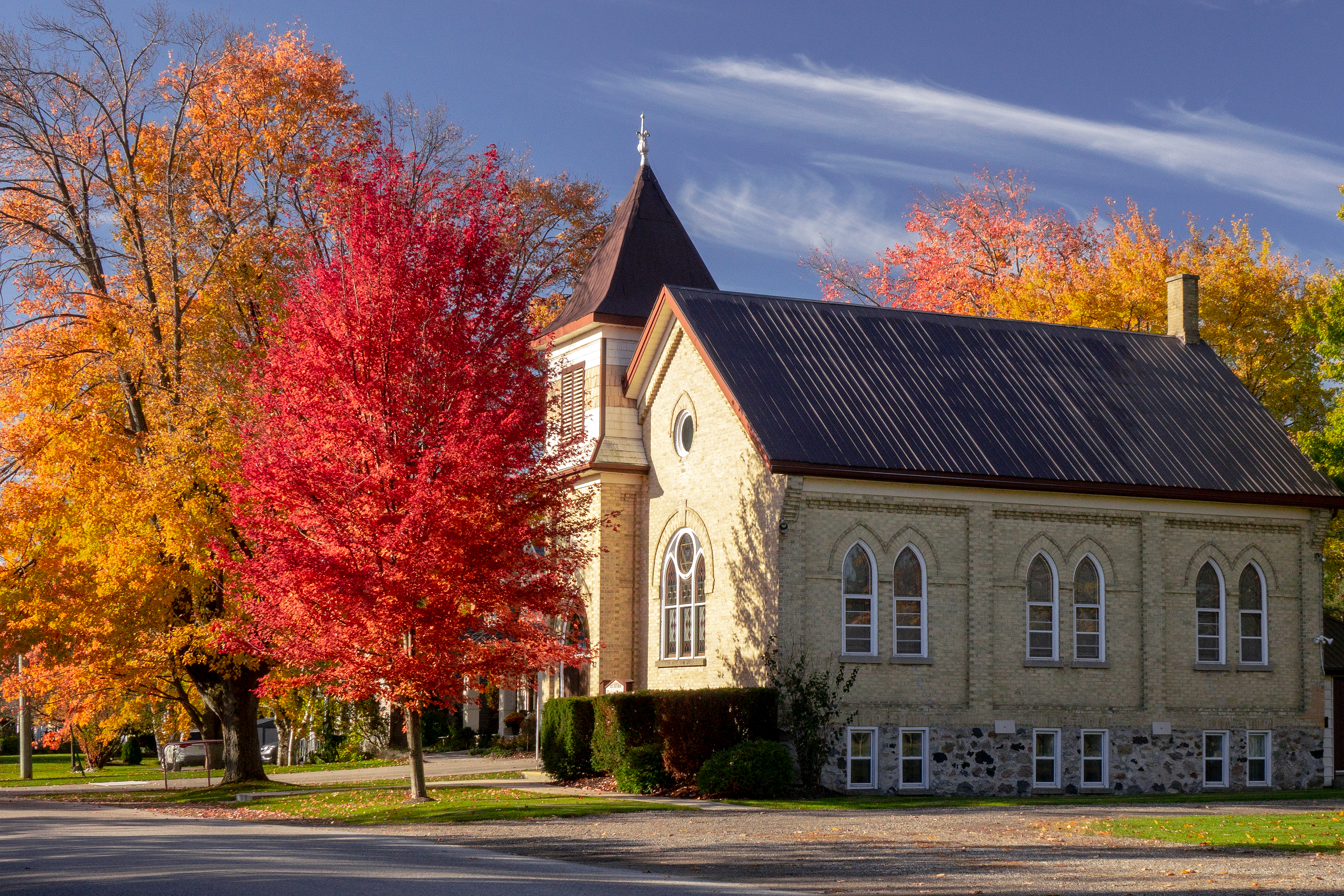|
Rural Municipality Of Moose Creek No. 33
The Rural Municipality of Moose Creek No. 33 ( 2016 population: ) is a rural municipality (RM) in the Canadian province of Saskatchewan within Census Division No. 1 and Division No. 1. History The RM of Moose Creek No. 33 incorporated as a rural municipality on 12 December 1910. Moose Creek United Church and Cemetery Moose Creek United Church and Cemetery, also known as ''Moose Creek Methodist Church'' until 1925 when it joined the United Church, is an historical site located within the RM. Constructed in 1916, the United Church is located approximately south-west of Carlyle. The initial funding to build the church came from community donations and a $1,500 loan at 8% interest from John Hewitt. When he died in 1927, the balance of the loan was cancelled. The cemetery was established two years after the completion of the church, in 1918. The cemetery is the final resting place for many of the early settlers. The first wedding there was between Tom Cook and Isabel Wallace a ... [...More Info...] [...Related Items...] OR: [Wikipedia] [Google] [Baidu] |
List Of Rural Municipalities In Saskatchewan
A Rural municipality (Canada), rural municipality (RM) is a type of incorporated municipality in the Provinces and territories of Canada, Canadian province of Saskatchewan. A rural municipality is created by the Minister of Municipal Relations by ministerial order via section 49 of ''The Municipalities Act''. Saskatchewan has 296 rural municipalities, which are located in the central and southern portions of the province. They had a cumulative population of and an average population of in the 2016 Canadian Census, 2016 Census of Population. Saskatchewan's largest and smallest rural municipalities are the Rural Municipality of Corman Park No. 344, RM of Corman Park No. 344 and the Rural Municipality of Glen McPherson No. 46, RM of Glen McPherson No. 46 with populations of 8,568 and 72 respectively. The northern half of the province does not lie within any rural municipality, but is rather administered by the provincial government through the Northern Saskatchewan Adm ... [...More Info...] [...Related Items...] OR: [Wikipedia] [Google] [Baidu] |
Central Standard Time
The North American Central Time Zone (CT) is a time zone in parts of Canada, the United States, Mexico, Central America, and a few Caribbean Islands, Caribbean islands. In parts of that zone (20 states in the US, three provinces or territories in Canada, and several border municipalities in Mexico), the Central Time Zone is affected by two time designations yearly: Central Standard Time (CST) is observed from the first Sunday in November to the second Sunday in March. It is UTC−06:00, six hours behind Coordinated Universal Time (UTC) and designated internationally as UTC−6. From the second Sunday in March to the first Sunday in November the same areas observe daylight saving time (DST), creating the designation of Central Daylight Time (CDT), which is UTC−05:00, five hours behind UTC and known internationally as UTC−5. Regions using Central Time Canada The province of Manitoba is the only Provinces and territories of Canada, province or territory in Canada that obser ... [...More Info...] [...Related Items...] OR: [Wikipedia] [Google] [Baidu] |
1996 Canadian Census
The 1996 Canadian census was a detailed enumeration of the Canadian population. Census day was May 14, 1996. On that day, Statistics Canada attempted to count every person in Canada. The total population count of Canada was 28,846,761. This was a 5.7% increase over the 1991 census of 27,296,859. The previous census was the 1991 census and the following census was in 2001 census. Canada by the numbers A summary of information about Canada. Population by province Demographics Mother tongue Population by mother tongue of Canada's official languages: Aboriginal peoples Population of Aboriginal peoples in Canada: Ethnic origin Population by ethnic origin. Only those origins with more than 250,000 respondents are included here. This is based entirely on self reporting. Visible minorities Age Population by age: See also * List of population of Canada by years * Demographics of Canada *Ethnic groups in Canada * History of immigration to Canada *Population an ... [...More Info...] [...Related Items...] OR: [Wikipedia] [Google] [Baidu] |
Statistics Canada
Statistics Canada (StatCan; ), formed in 1971, is the agency of the Government of Canada commissioned with producing statistics to help better understand Canada, its population, resources, economy, society, and culture. It is headquartered in Ottawa.Statistics Canada, 150 Tunney's Pasture Driveway Ottawa, Ontario K1A 0T6; Statistique Canada 150, promenade du pré Tunney Ottawa, Ontario K1A 0T6 The agency is led by the chief statistician of Canada, currently André Loranger, who assumed the role on an interim basis on April 1, 2024 and permanently on December 20, 2024. StatCan is accountable to Parliament through the minister of Innovation, Science and Industry, currently Mélanie Joly. Statistics Canada acts as the national statistical agency for Canada, and Statistics Canada produces statistics for all the provinces as well as the federal government. In addition to conducting about 350 active surveys on virtually all aspects of Canadian life, the '' Statistics Act'' man ... [...More Info...] [...Related Items...] OR: [Wikipedia] [Google] [Baidu] |
Auburnton, Saskatchewan
Auburnton is an unincorporated community and ghost town, within the Rural Municipality of Moose Creek No. 33, Saskatchewan, Canada, approximately 89.3 km east of the city of Estevan. Farming and oil are major local industries. The community is located at the junction of Highway 361 and Highway 603. - Auburnton, Saskatchewan See also * * |
List Of Towns In Saskatchewan
A town is a type of incorporated urban municipality in the Canadian province of Saskatchewan. A resort village or a village A village is a human settlement or community, larger than a hamlet but smaller than a town with a population typically ranging from a few hundred to a few thousand. Although villages are often located in rural areas, the term urban v ... can be incorporated as a town by the Minister of Municipal Affairs via section 52 of ''The Municipalities Act'' if: *Requested by the council of the resort village or village; and *the resort village or village has a population of 500 or more. Saskatchewan has 146 towns that had a cumulative population of 137,725 and an average population of 943 in the 2011 Census. Saskatchewan's largest and smallest towns are Kindersley and Scott with populations of 4,678 and 75 respectively. A city can be created from a town by the Minister of Municipal Affairs by ministerial order via section 39 of ''The Cit ... [...More Info...] [...Related Items...] OR: [Wikipedia] [Google] [Baidu] |
List Of Municipalities In Saskatchewan
Saskatchewan is the Population of Canada by province and territory, sixth-most populous Provinces and territories of Canada, Canadian province with 1,132,505 residents as of Canada 2021 Census, 2021 and is the fifth-largest in land area at . In 2021, Saskatchewan's 774 municipality, municipalities covered of the province's land mass and were home to of its population. These 774 municipalities are local government "creatures of provincial jurisdiction" with natural persons power. One of the key purposes of Saskatchewan's municipalities are "to provide services, facilities and other things that, in the opinion of council, are necessary or desirable for all or a part of the municipality". Other purposes are to: "provide good government"; "develop and maintain a safe and viable community"; "foster economic, social and environmental well-being" and "provide wise stewardship of public assets." The Government of Saskatchewan's Ministry of Municipal Relations recognizes three gen ... [...More Info...] [...Related Items...] OR: [Wikipedia] [Google] [Baidu] |
Canadian Register Of Historic Places
The Canadian Register of Historic Places (CRHP; , ), also known as Canada's Historic Places, is an online directory of historic places in Canada which have been formally recognized for their heritage value by a federal, provincial, territorial or municipal authority. It is administered by Parks Canada. Background The Canadian Register of Historic Places was created as part of Canada's "Historic Places Initiative". Commencing in 2001, the Historic Places Initiative was a collaboration between the federal, provincial and territorial governments to improve protection of the country's historic sites and to "promote and foster a culture of heritage conservation in Canada". The CRHP and the Standards and Guidelines for the Conservation of Historic Places in Canada (a common set of guidelines for the restoration and rehabilitation of historic sites throughout Canada) are the two major tools developed to assist in achieving the initiative's main objectives. The CRHP was official ... [...More Info...] [...Related Items...] OR: [Wikipedia] [Google] [Baidu] |
Carlyle, Saskatchewan
Carlyle ( 2021 population 1,524) is a town in the province of Saskatchewan, Canada. Carlyle is the largest town servicing the far south-eastern corner of Saskatchewan and as a result, has become the economic and services centre of the region. Estevan and Weyburn are the closest cities and both are a little over 100 kilometres away. Regina, the provincial capital, lies 200 km to the north-west. Carlyle is located within the RM of Moose Mountain in Census Division No. 1 in Western Canada. Geographically, it is in the Canadian Prairies, which is part of the Great Plains and Prairie Pothole Region of North America. Carlyle was incorporated as a village in 1902, and as a town in 1905. The name Carlyle was chosen by the first postmaster to honour the niece of the Scottish historian and essayist, Thomas Carlyle. His niece and her husband settled in the Arcola district and farmed and raised a family there. Several other communities in south-east Saskatchewan along the Canadia ... [...More Info...] [...Related Items...] OR: [Wikipedia] [Google] [Baidu] |
United Church Of Canada
The United Church of Canada (UCC; ) is a mainline Protestant denomination that is the largest Protestant Christian denomination in Canada and the second largest Canadian Christian denomination after the Catholic Church in Canada. The United Church was founded in 1925 as a merger of four Protestant denominations with a total combined membership of about 600,000 members: the Methodist Church (Canada), the Congregational church, Congregational Union of Ontario and Quebec, two-thirds of the congregations of the Presbyterian Church in Canada, and the Association of Local Union Churches, a movement predominantly of the three Provinces and territories of Canada, provinces of the Canadian Prairies. The Canadian Conference of the Evangelical United Brethren Church joined the United Church of Canada on January 1, 1968. Membership peaked in 1964 at 1.1 million. From 1991 to 2001, the number of people claiming an affiliation with the United Church decreased by 8%, the third largest decreas ... [...More Info...] [...Related Items...] OR: [Wikipedia] [Google] [Baidu] |
Canada 2016 Census
The 2016 Canadian census was an enumeration of Canadian residents, which counted a population of 35,151,728, a change from its 2011 population of 33,476,688. The census, conducted by Statistics Canada, was Canada's seventh quinquennial census. The official census day was May 10, 2016. Census web access codes began arriving in the mail on May 2, 2016. The 2016 census marked the reinstatement of the mandatory long-form census, which had been dropped in favour of the voluntary National Household Survey for the 2011 census. With a response rate of 98.4%, this census is said to be the best one ever recorded since the 1666 census of New France. This census was succeeded by Canada's 2021 census. Planning Consultation with census data users, clients, stakeholders and other interested parties closed in November 2012. Qualitative content testing, which involved soliciting feedback regarding the questionnaire and tests responses to its questions, was scheduled for the fall of 2013, ... [...More Info...] [...Related Items...] OR: [Wikipedia] [Google] [Baidu] |



